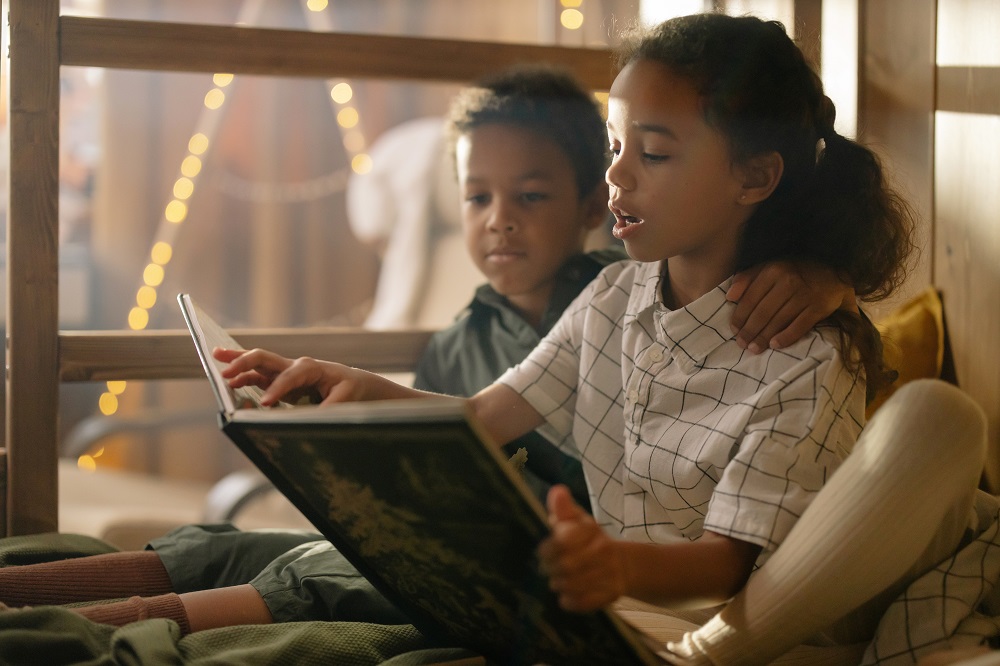
Why a more diverse booklist for kids enhances reading for all races and genders
Photo by Cottonbro.
Deesha Philyaw was a voracious reader as a child. From newspapers to the labels of bottles in her bathroom, there was little the Wilkinsburg resident wouldn’t read.
Philyaw enjoyed the works of Judy Blume and the Piggly Wiggly children’s books, but gradually realized something was missing: kids and characters who resembled her.
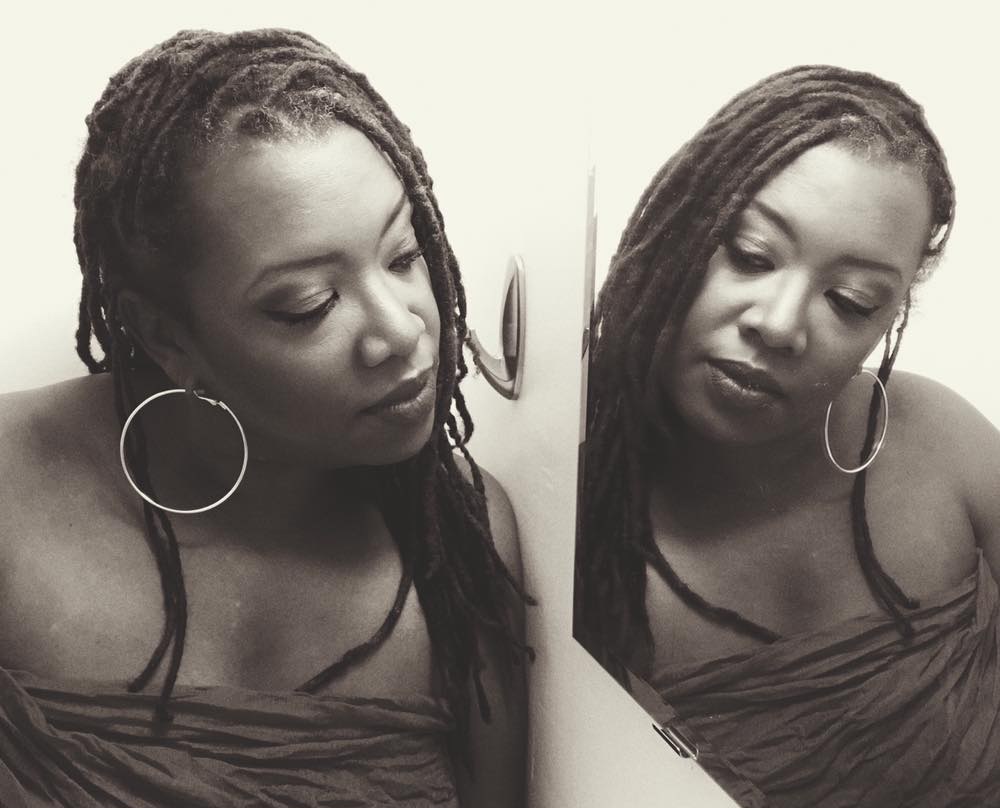
“I had to really look for books with characters who looked like me,” says Philyaw, who recently won the PEN/Faulkner Award for her short story collection, “The Secret Lives of Church Ladies.” “There was even a smaller number of books with characters who looked like me that were also written by people who looked like me.”
When kids don’t see themselves in books — or when they only see themselves — there’s a tendency to view the world as being cut from a single cloth. But the benefits of a diverse reading curriculum transcend mere awareness of others. The Century Foundation, a progressive nonprofit think tank, argues in a report that when kids are exposed to kids who are different from themselves, the experience “leads to improved cognitive skills, including critical thinking and problem-solving.”
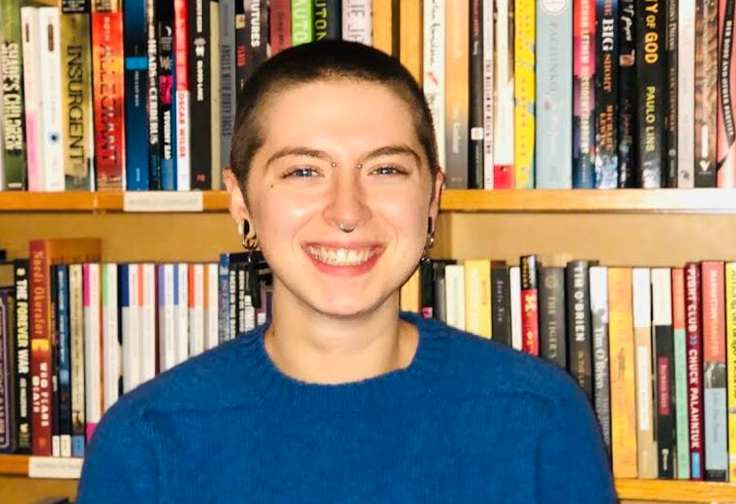
The lack of diversity in a kid’s reading material can sometimes hinder interest in reading. Halsey Hyer, a non-binary writer, didn’t initially enjoy reading because“ the books I was exposed to weren’t diverse. They didn’t offer me the language to explore or articulate my experience in a way that was authentic to me.” Hyer admits they only embraced reading to become “more proficient at Pokemon.”
“It wasn’t until I was 15 and began working on my own that I was allowed to buy books for myself which had diversity in them,” says Hyer, who is an editor for Seven Kitchens Press, an associate editor of the Pittsburgh Poetry Journal and a collective member of The Big Idea Bookstore.
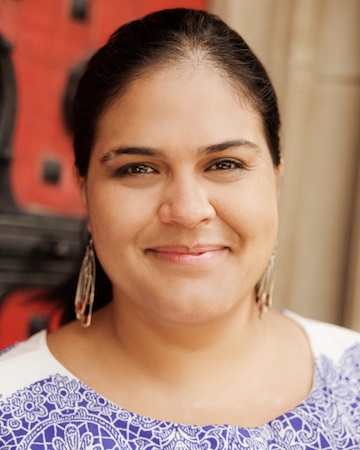
Adriana E. Ramírez describes her kids, 1 and 3, as “half white-American-Jewish” and “half-Mexican-Columbian-something. One of my children is a little tan, and one of my children is very, very pale,” laughs the Pittsburgh-based writer, critic and performance poet who won the inaugural PEN/FUSION Emerging Writers Prize in 2015.
Ramírez wants her kids to be able to see themselves in books, but she also gives them a wide range of material. She recently read a collection of traditional Chinese stories to her 3-year-old son so he could recognize and learn about the value of a differing culture.
“When the characters that you imagine, that you become emotionally invested in, when they don’t relate to you at all, it can be really exciting to read books from another culture,” Ramírez says.
At early ages, Ramírez points out, neuroscientists say a child’s neural pathways are being formed. A study conducted by Harvard University’s Center on the Developing Child states that child development, especially from birth to 5 years, “is a foundation for a prosperous and sustainable society.”
For Ramírez, “diversity in books allows for my son to have words for diversity and experience.”
Leslie Mcilroy, a writer and poet based in Regent Square, often explores feminist issues in her work. The books she grew up with as a child — “Anne of Green Gables,” “The Wind in the Willows” — were classic children’s literature found in many homes.
But there was a lack of diverse reading material. Mcilroy thinks reading a wide range of stories is important, especially for young boys who may not gravitate to women writers.
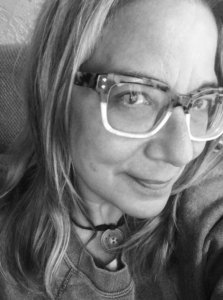
Boys “need to know that women are as influential, if not more influential than male writers,” Mcilroy says. “Especially when it comes to emotions. You’re just navigating your emotional landscape. To see that emotion is a very strong force and is an incredible thing to write about. I think that’s really important.”
Philyaw eventually discovered Black writers, including Eloise Greenfield and Mildred Taylor, who looked like her. But it wasn’t until she found a book set in the 1930s that Philyaw recognized a character who looked, talked and acted like herself.
Louise Meriwether’s “Daddy Was a Number Runner,” published in 1970 with an introduction by James Baldwin, takes place in Harlem during the Depression. Its protagonist, 12-year-old Francie Cotton, comes from a poor family in which the father takes on the illegal numbers job when he can’t find work.
Philyaw admits that she was separated from the character “by time and space. But the things that she [the character] experienced, her family’s struggle, that really connected and made me realize there were whole other worlds in books, other places, other times. It was great for me to know that there was a world possible and out there beyond my present circumstances.”
HOW TO START
Want to build a diverse reading library for your kids? Here are some selections for a range of ages from Pittsburgh-based writers and bookstore owners:
Halsey Hyer:
- “peluda,” by Melissa Lozada-Oliva. “This poetry is a fierce yet witty undertaking of exploring the intricacies of the body and how to love it.”
- “Felix Ever After,” by Kacen Callender. “A novel about a trans teenager in an art school preparing to go to college, he unexpectedly experiences a grand display of hate, which is the catalyst of him getting caught up in a complicated love situation.”
- “Running with Scissors,” by Augusten Burroughs. “This was the first book I was able to see my own experience in: a teen is sent to live with his mother’s psychiatrist among his family and patients he’s treating; calamity undeniably ensues.”
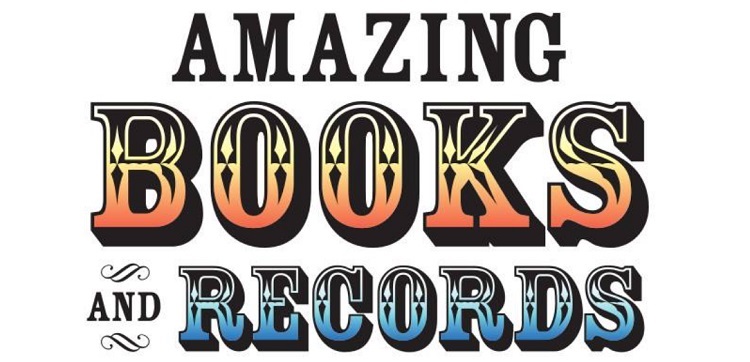
Eric Ackland, Amazing Books and Records:
- “Mrs. Katz and Tush,” by Patricia Polacco. “It is about a friendship that develops between an elderly widowed Jewish woman and a young Black boy.”
- “Tale of the Mandarin Ducks,” by Katherine Paterson. “Set in ancient Japan, it’s about two servants who rescue a captured duck from their lord.”
- “The Great Brain,” by John Dennis Fitzgerald, is “about a Catholic family living in Mormon Utah in the late 1800s, and it has stories and themes of religious and cultural difference and coexistence.”
Leslie Mcilroy:
- “Tightrope Poppy the High-Wire Pig,” by Sudipta Bardhan-Quallen and Sarah Dillard. “It makes me cry every time, baring the honest ego pain of defeat/shame and the strength it takes to stay true to your dreams.”
- “One Grain of Rice,” by Demi. “It is powerful in its teaching of math, culture, feminism and humanity all in one simple tale. Brilliant.”
- “The Better Butter Book,” by Dr. Seuss. “This book explores tolerance and respect, verging on war to finally realize diversity.”
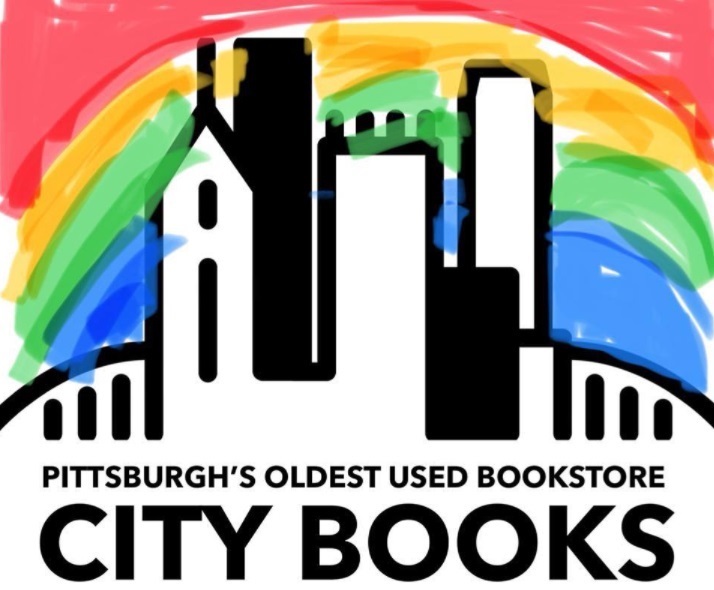
Arlan Hess, City Books:
- “Umbrella,” by Taro Yashima: “This sweet, though slightly outdated story is about a little girl named Momo who lives in New York City and is looking for excuses to use her new umbrella. I’ve always been comforted by rainy days and I think my love of soft weather goes back to this book.”
- “The Boy Who Didn’t Believe in Spring,” by Lucille Clifton. “King and Tony are fed up hearing about their teacher and their parents talk about spring, so they strike out to find it on their own. It’s really two books in one because the illustrations of a bustling, multicultural city tell a parallel story to what’s happening in the text.”
- “Frog and Toad Are Friends,” by Arnold Lobel. “While this series is not about homosexuality per se, it is a subtle and sublime rendering of same-sex friendship and emotional intimacy. I have given this book to a lot of children, but it is just as appropriate for adults.”
Deesha Philyaw:
- “GLORY: Magical Visions of Black Beauty,” by Kahran and Regis Bethencourt. A celebration of Black children through photographs and stories.
- “The Cost of Knowing,” by Brittney Morris. A black teenager who works at an ice cream shop discovers he can see the future.
- “All the Things We Never Knew” by Liara Tamani. Two teenagers discover how first love, heartbreak, betrayal and family shape their lives.
- “Off the Record” by Camryn Garrett. When a young Black writer wins a contest to write a celebrity profile for a national magazine, she discovers a terrible secret about her subject.
Adriana E. Ramirez:
- “Julian is a Mermaid,” by Jessica Love. When a young boy sees costumed mermaids, he aspires to become just like them.
- “Ada Twist, Scientist,” by Andrea Beaty. Inspired by the lives of Ada Lovelace and Marie Curie, Ada Twist champions young girls who aspire to be scientists.
- “A is for Activist,” by Innosanto Nagara. This ABC board book for toddlers features progressive themes.
- “The Youngest Marcher: The Story of Audrey Faye Hendricks, a Young Civil Rights Activist,” by Cynthia Levinson. The true story of 9-year-old Audrey Faye Hendricks, the youngest marcher at a civil rights protest in Birmingham, Alabama, in 1963.
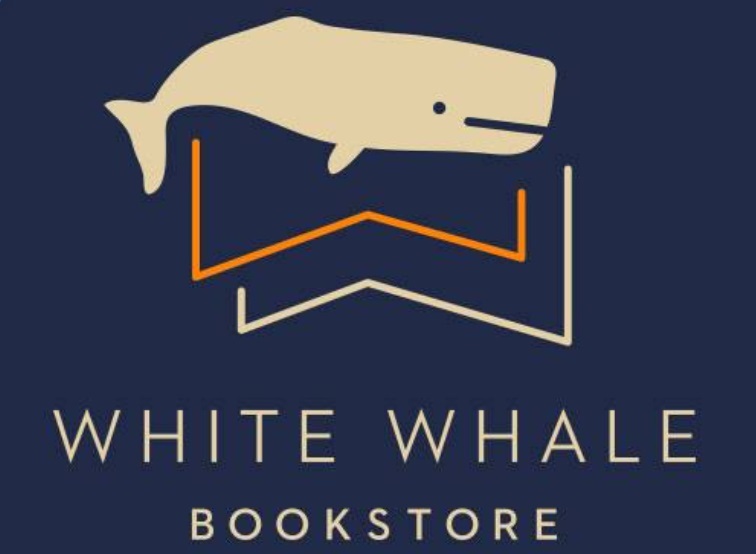
Jill Yeomans, White Whale Bookstore:
- “This is Kind of an Epic Love Story,” by Kacen Callender. A young film buff swears off happy endings until his former best friend moves back home.
- “Ikenga,” by Nnedi Okorafor. A 12-year-old Nigerian boy, the son of a murdered police chief, discovers he has superpowers.
- “Stargazing,” by Jen Wang. A graphic novel about two girls, Moon and Christine, in a Chinese-American suburb.